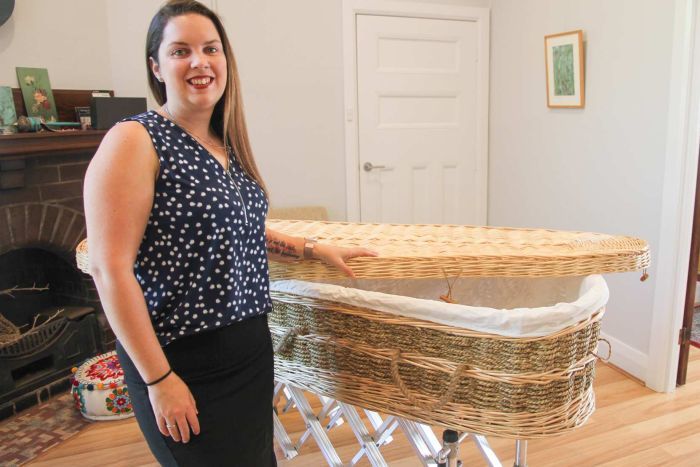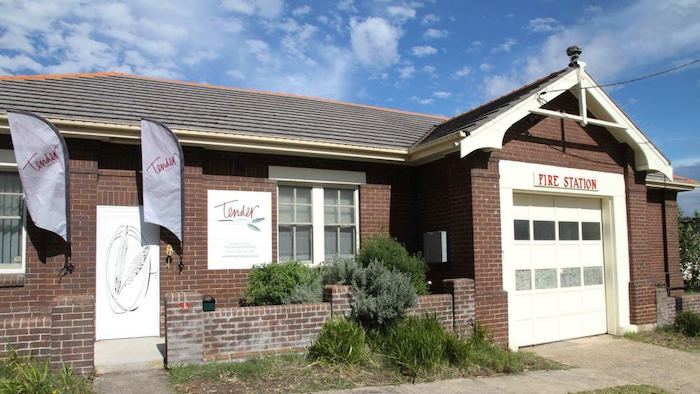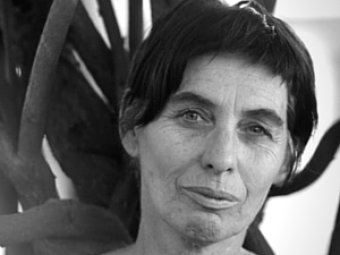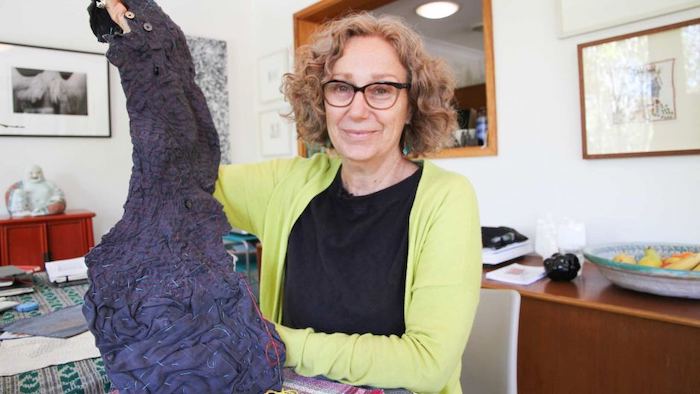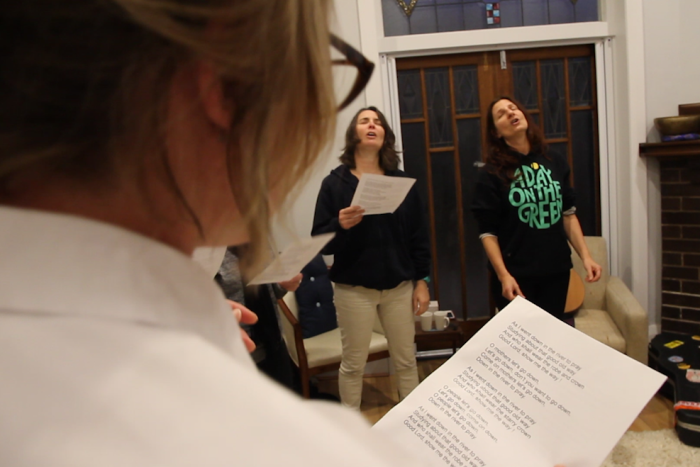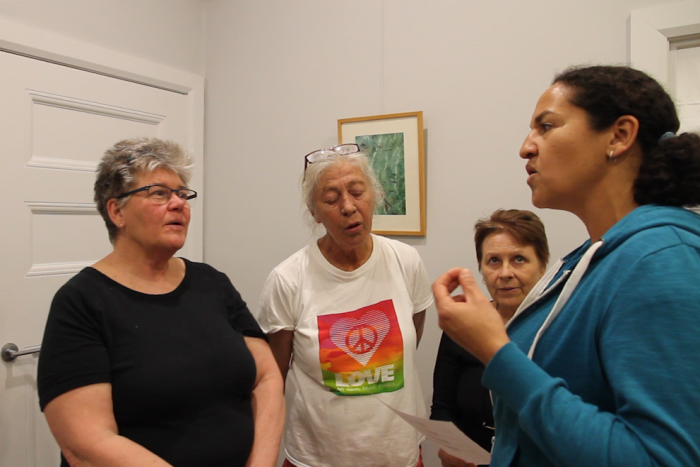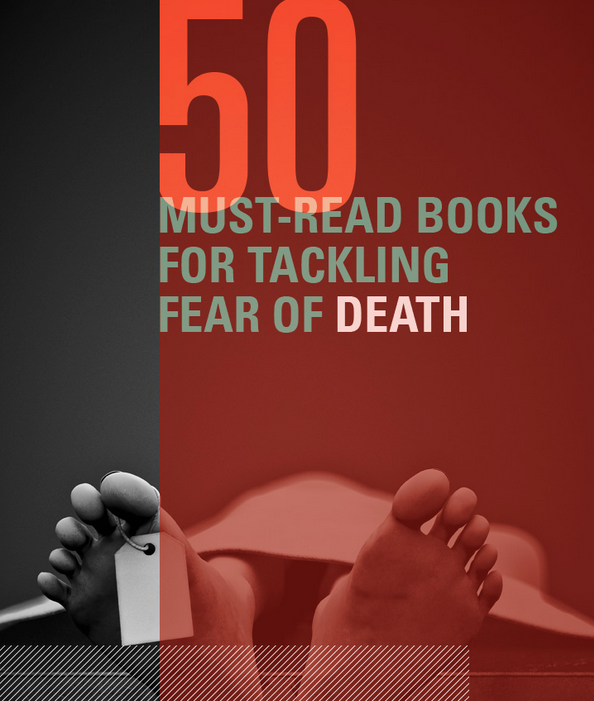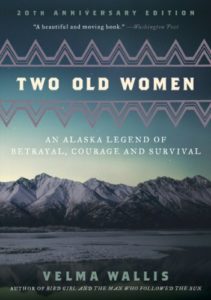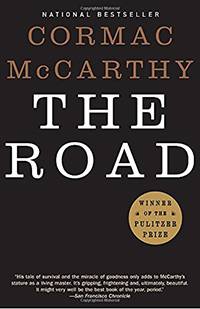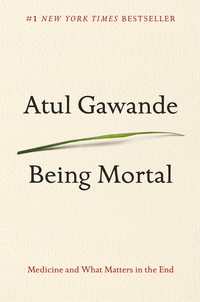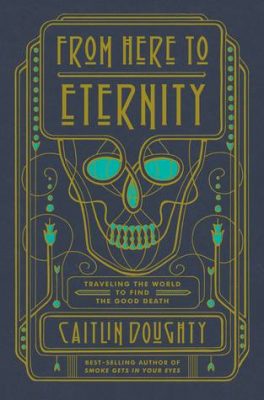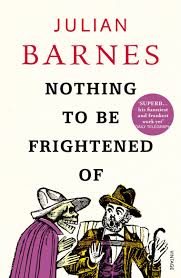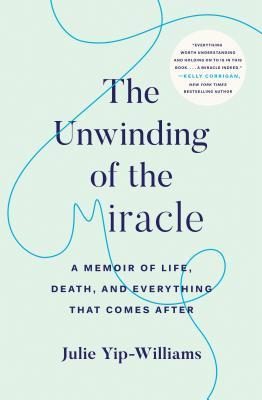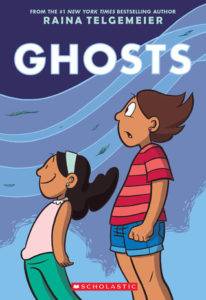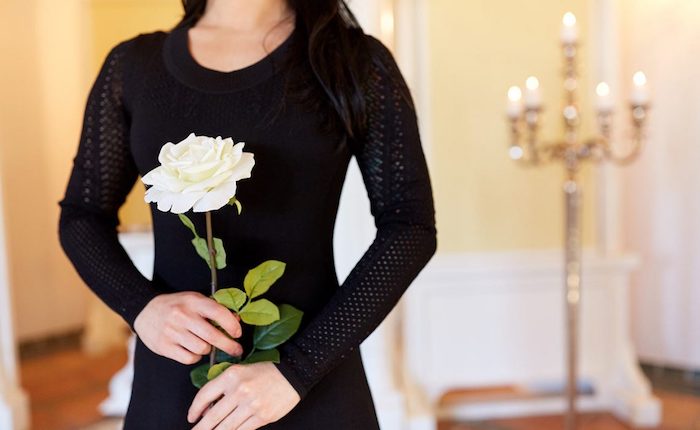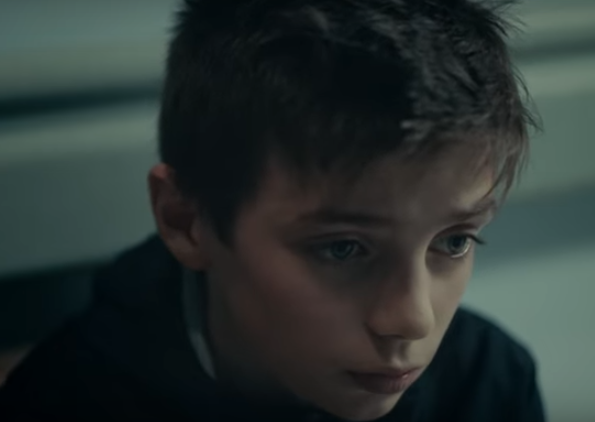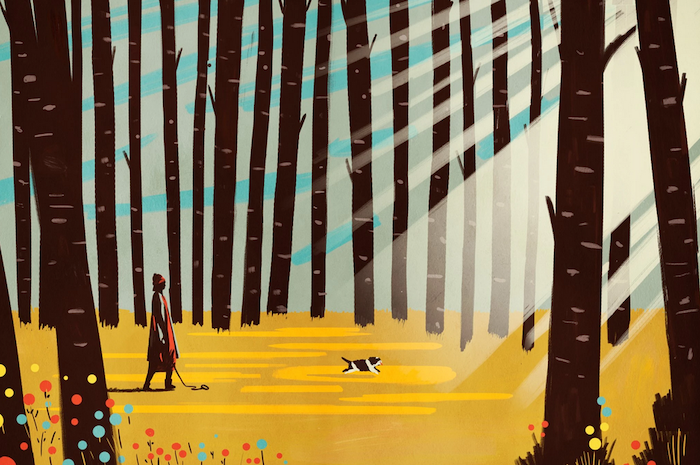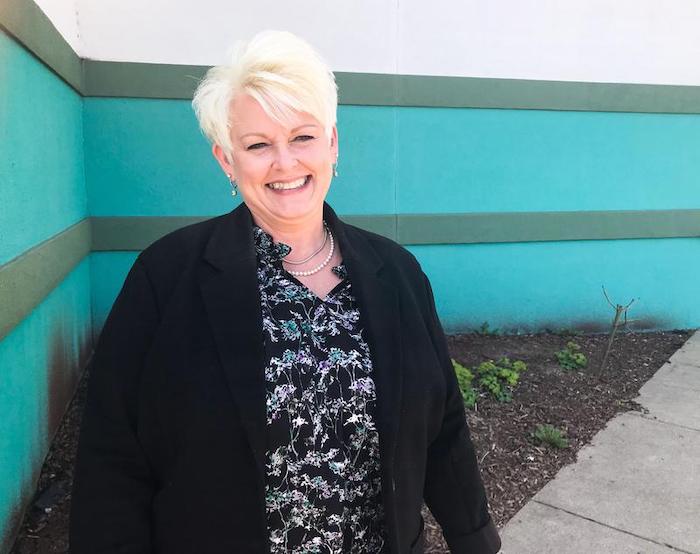
Lori Carter is a nurse for Hospice Care of West Virginia. She’s been working in hospice for 20 years.
In the next installment of our occasional series Windows into Health Care, health reporter Kara Lofton spoke with hospice nurse Lori Carter. Carter has been a hospice nurse for 20 years. She said for her and for many of the hospice nurses she knows, the work is a calling. She said some of what she does is straight-up nursing — managing pain, dressing wounds, and addressing symptoms of end-stage disease. But the most subtle part of the job is helping families navigate one of the most intimate and emotional times of their lives.
LOFTON: For you, when you think about hospice and the work that you do and being called to it, what does that mean exactly to you?
CARTER: Just being with the patient and the family in the most emotional time of their life. Helping them give each other that last act of love. I appreciate and I feel honored that I am with that patient and that family during that time.
LOFTON: So some people, and I’ve heard especially in Appalachia, can have preconceived notions about what hospice is and what you actually do exactly. Explain to me what you do. What happens when you go into a home for the first time and how does that relationship form?
CARTER: Well, depending on, you know, what is going on with the patient and how early or late in the disease trajectory that we get them, you introduce yourself and…you listen. The big thing is you listen…You can find out f there is struggle already between what is happening with the patient and how the family is dealing with that. Of course, you know, we treat any symptoms that the patient has. I mean, my job I feel is [to be] the patient advocate and just trying to palliate those symptoms that they have inside [so] that they are comfortable.
I find out, you know, is there any things that they want to do before they die? You know, what are they able to do? And I try to facilitate that in any way that I can. I have a bag of ramps in my car right now, [in] that a patient wanted some ramps. I knew that would be the last time he got to eat ramps, so I went and dug some up.
LOFTON: Some people think of hospice as giving up so, to speak. When you hear that what is your reaction to that?
CARTER: I think it’s very sad. You know, we all are going to die. We all are. And, you know, normally the patients that we get — they have already fought for a very long time. This is the last act of love that you can give and, you know, it’s going to happen whether hospice is there or not. And they are most certainly not giving up. I mean, they’re getting ready to go down a path that they’ve never been down either.
LOFTON: Has this work changed how you think about death?
CARTER: It most certainly has. My family was not the type that, you know, went to funerals all the time…I came into hospice blind, really. And I quickly learned that it is a special experience. You have to believe that quality of life is better than quantity.
And I tell you how I cope with things is I will walk into a home, and I will look…there’s always pictures on the walls of, you know, families. And I will look at those. I always do. And I can see what that patient looked like, and how robust they were, and how happy they were. And then I see the patient now, and that actually helps me know what I need to do and how I need to direct the family into what’s happening. You know where they are in this, this experience that they’re getting ready to have.
LOFTON: One of the things I think is interesting about hearing conversations around hospice, especially from providers in hospice, is that we hear a lot about a nursing shortage and yet, and like nursing turnover in hospitals. But hospice seems to have lower turnover rates. And people who become nurses in hospice tend to stay around despite being around death all the time, essentially. Why do you think that is?
CARTER: I think it is a calling. I think you do realize that it’s a special kind of nursing — you fall so much in love with what you do, and the families, and the patients. And I cannot imagine doing anything else. I don’t think it is for every nurse. I don’t. I think that you have a special belief and you want that special relationship with the patient and the family. I worked in the hospital and some nurses think that’s great, and that’s wonderful for them. But I didn’t feel, for me, that I could give the care — and the personal care, maybe I should say — that I wanted to. I just didn’t feel that I could do that. And with hospice, I can.
LOFTON: Does working with people at the end of life change how you live your life now?
CARTER: It does. You know, I have heard so many times from patients: ‘You know, I wish I would have done this or I wish I would have done that.’ I hear of their regrets. I see families and patients try to get over, you know, maybe they had been estranged, child had been estranged from a parent or, you know, a parent left and now they’re, they’re trying to make amends. I think …it’s taught me that I need to ask for forgiveness, not to have regrets, say what I need to say to my loved ones. So that when that time comes, you won’t have those regrets and those losses.
LOFTON: When you hear about things that people wish they had done, are there any themes that stand out to you that lots of people kind of have regrets with at the end of life?
CARTER: Oh, I think a lot of times it’s ‘I should have took that trip.’ ‘I shouldn’t have worked so much.’ ‘I should have spent more time with children or spouses.’ It’s those types of things that, you know, they wish they would have done. Things that may happen in life and you really don’t give it a second thought at the time. It seems to come back at the end of life, no matter how trivial it is — you, you remember, ‘I should have said this’ or ‘I should have done that.’ But hopefully for the most part, I think, you know, they may say those things. But again, it’s usually not big, huge things.
LOFTON: Over the last 20 years that you’ve been working in hospice, how has it changed?
CARTER: Well, when I first started, no one knew what it was. And now it is more mainstream. I think people are more, they understand more, what is happening. It — death — is not shunned like it used to be, you know. People talk about it more. Unfortunately with our drug problem, it has caused some problems for us. I have to count pills every time I go. I have to watch neighbors coming over to visit — we have to find a [secure] place to put the medicine. It used to be able to sit beside the bed, but it can’t do that anymore.
LOFTON: As more young people leave the state, are you seeing [a] smaller family group surrounding a patient at the end of life?
CARTER: I am. And I’m seeing, you know, a lot of times it’s the 90-year-old spouse trying to take care of the 90-year-old husband or wife. Family seems to live out of state a lot of times, and it has definitely caused some problems. Fortunately, we also have a long-term care team. And if the patient needs to be placed, they can still have hospice care. But there’s definitely a lot of family that are not local anymore…they’re looking to hire caregivers, [but] they might not be able to afford caregivers. In that case, we just try to ramp up our visits, and try to pull in anyone that we can possibly pull in to assist that family.
Complete Article ↪HERE↩!

